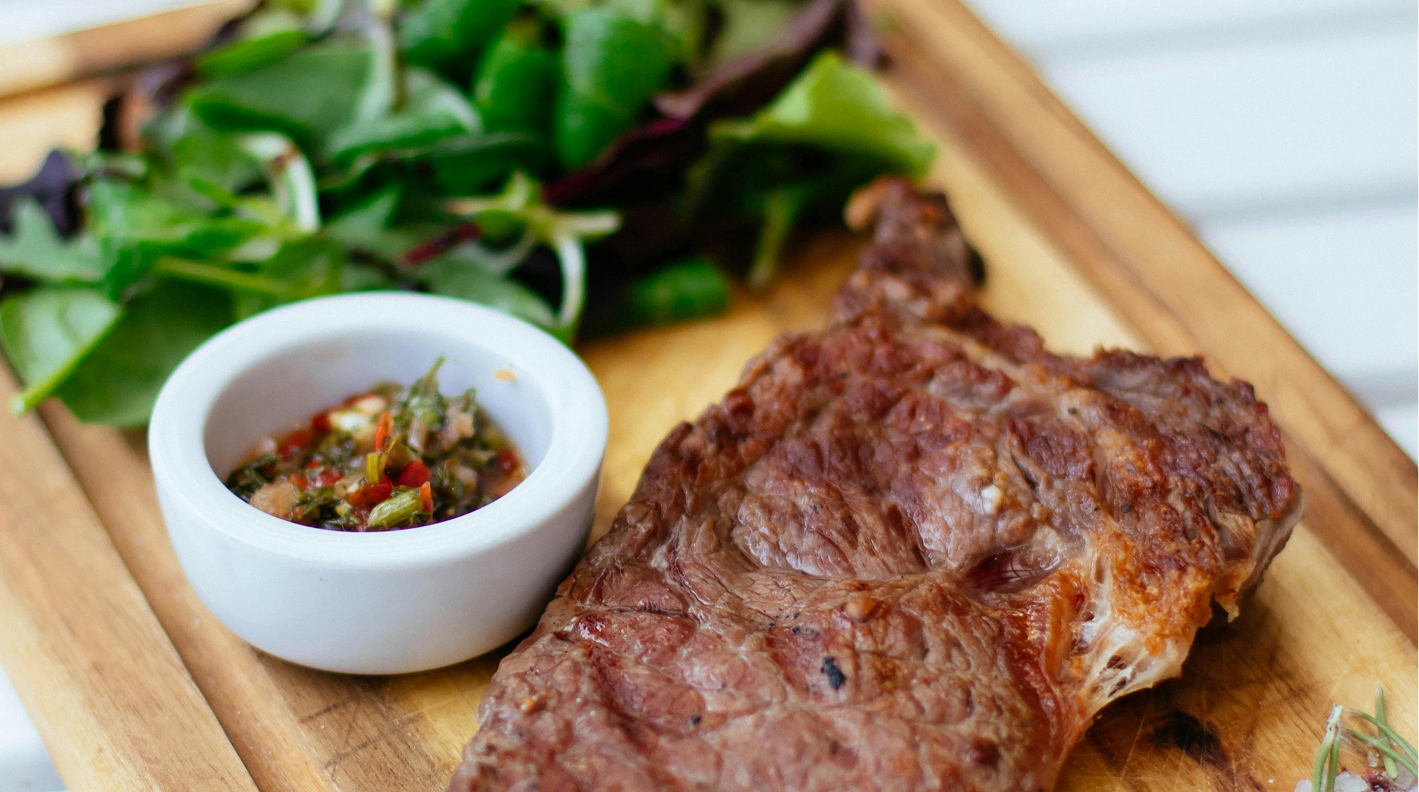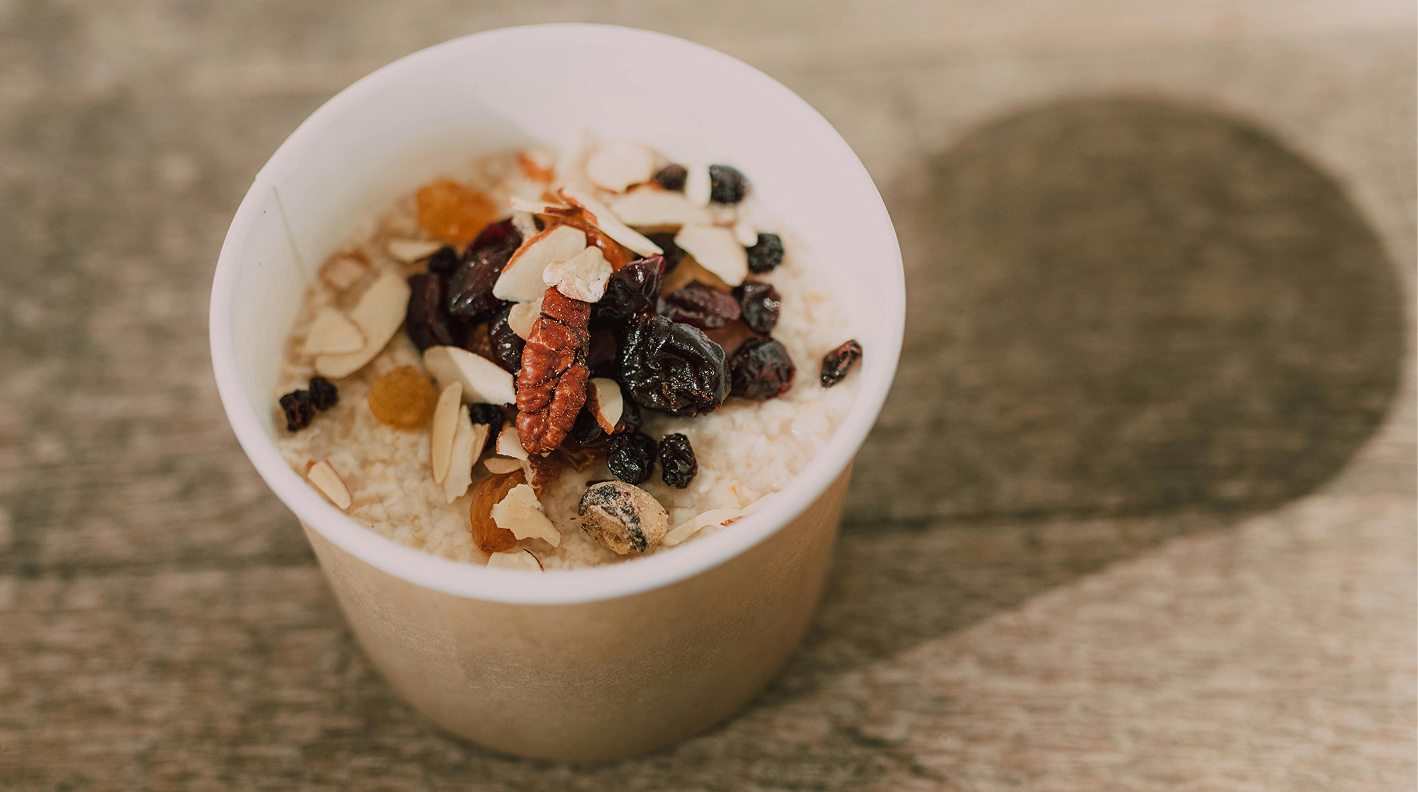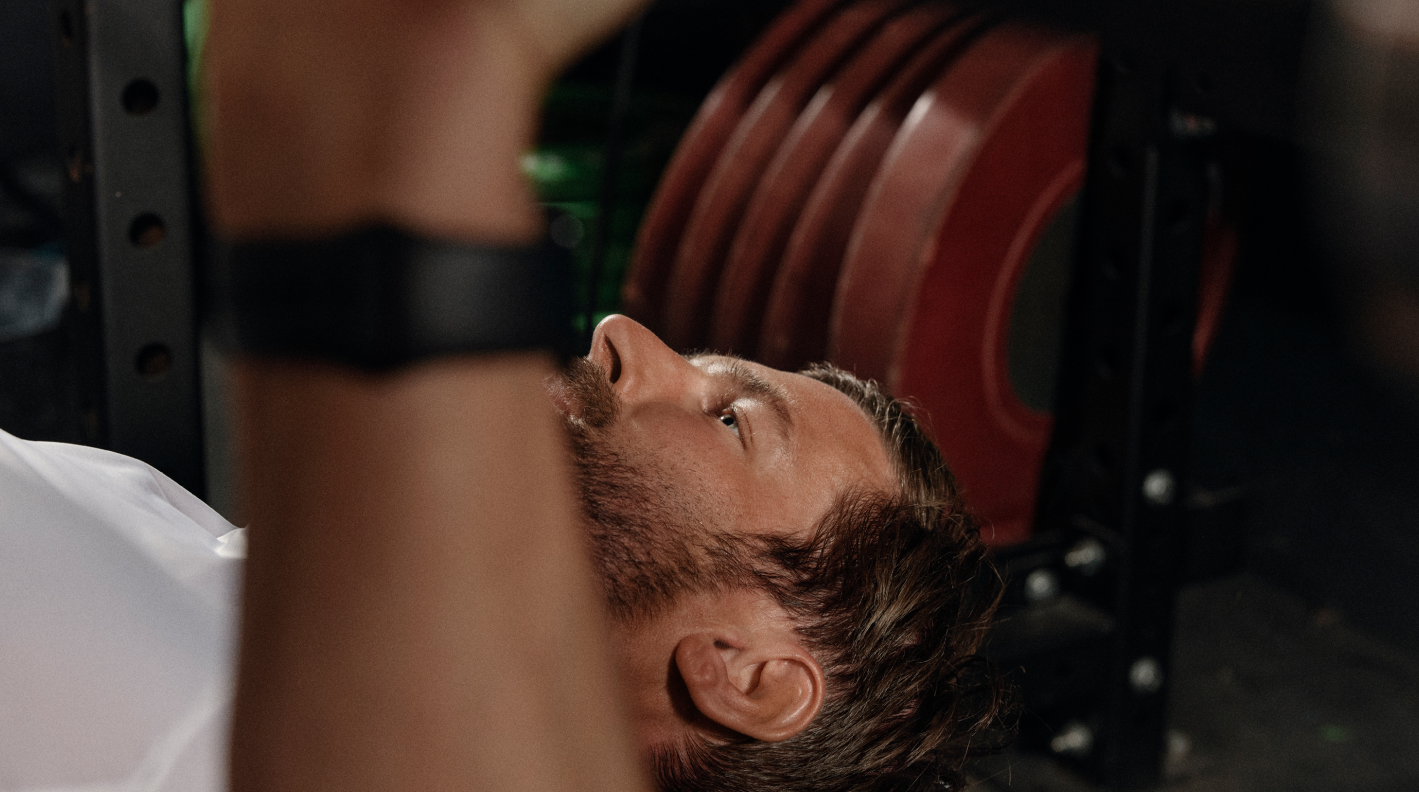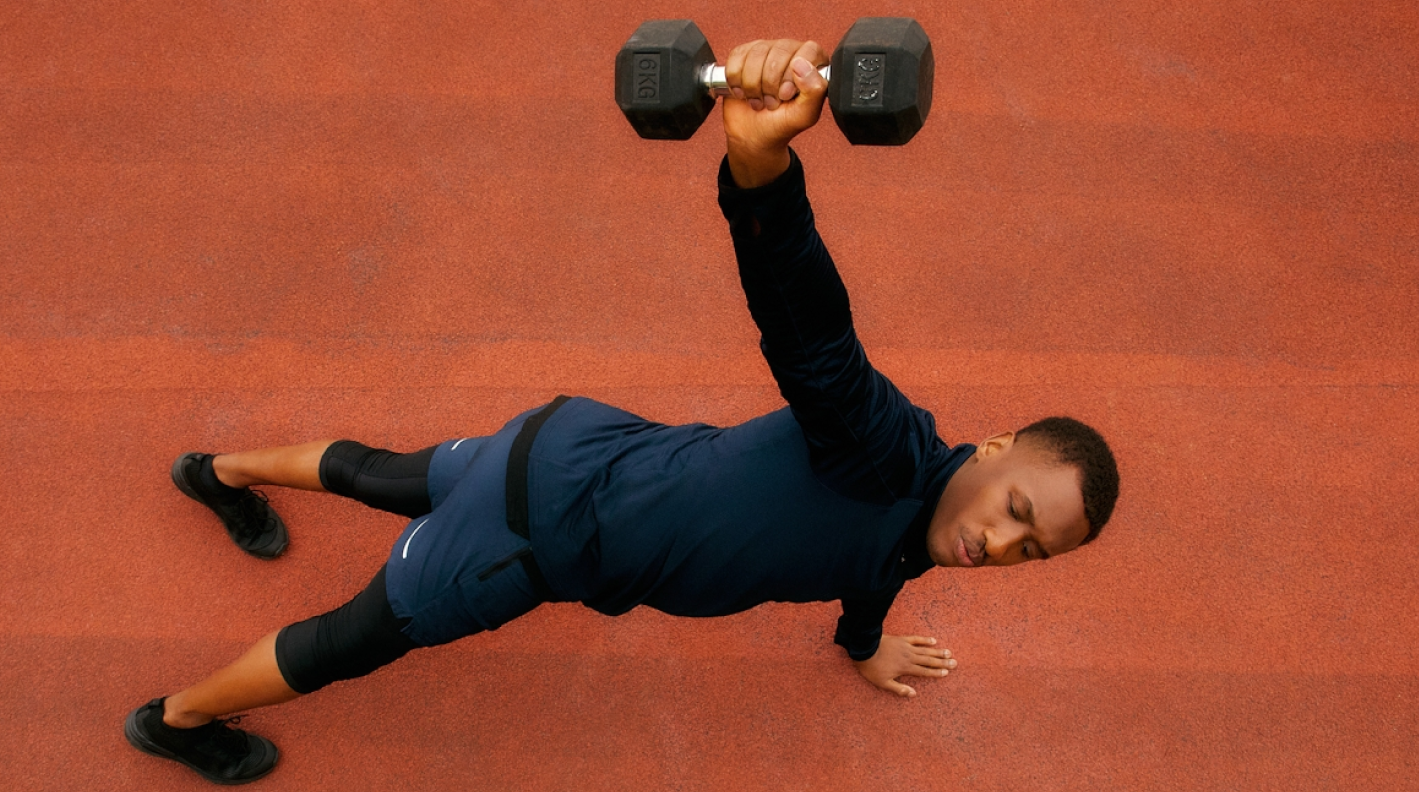6 key signs of gaining muscle and losing fat
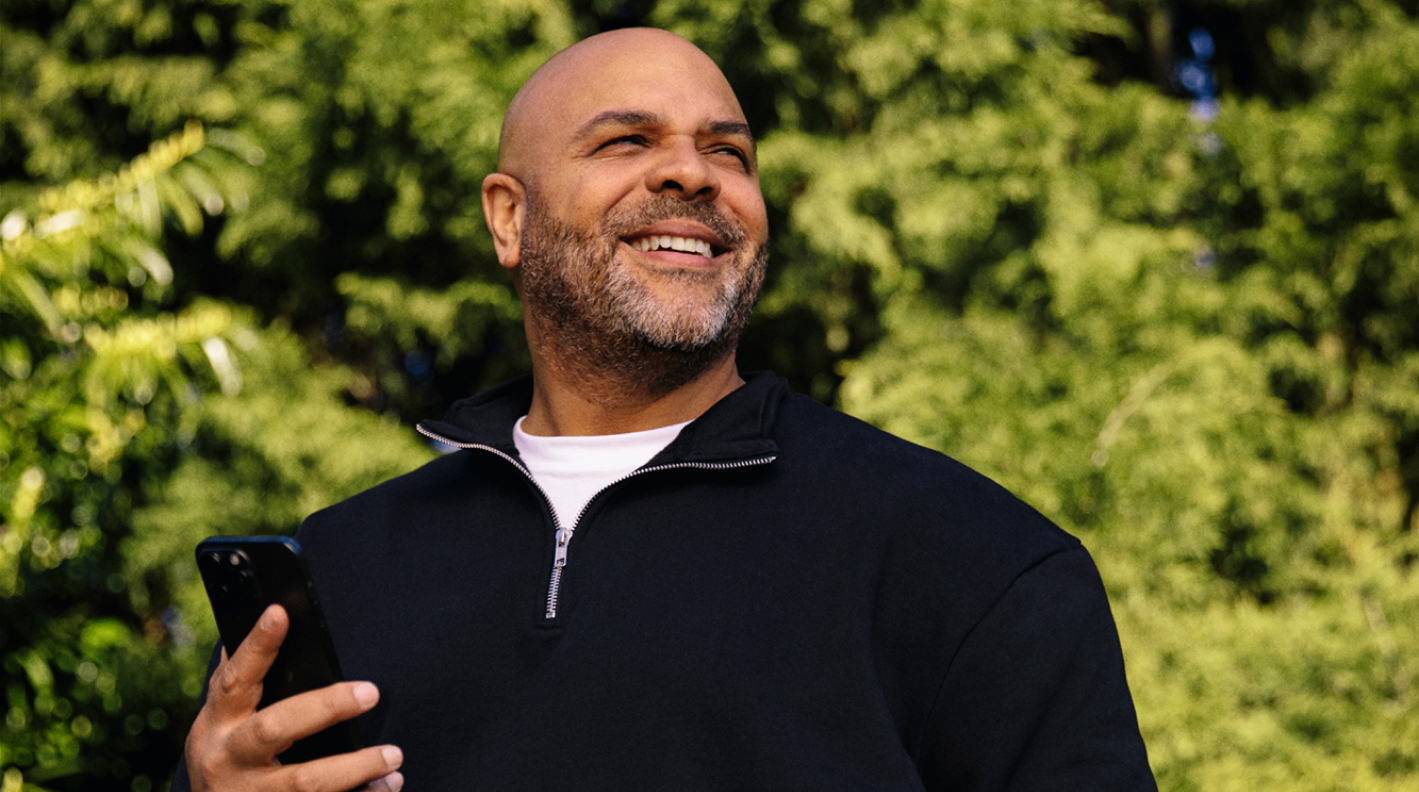
Key takeaways
- Indicators of body recomposition include feeling stronger with progressive overload in workouts, noticing leaner physical changes, improved energy levels, faster recovery, and changes to how clothes fit. A reduction in body fat percentage is also a key marker.
- Avoid relying solely on body weight. Instead, track progress through body measurements, photos, and body fat percentage assessments using tools like scales or DEXA scans. Monitor strength improvements and overall well-being for a holistic view of progress.
- Align your efforts with a structured workout regimen that emphasises strength training, a balanced diet rich in protein and carbs, and adequate hydration. Consistency, sufficient sleep, and rest days are crucial for sustainable results.
For anybody looking to improve their health, lifestyle, and physical appearance, losing fat and building muscle — also known as changing your body composition — are common goals [1].
And while these aims are pretty straightforward, the journey can be difficult, and it is not always easy to see how much you are progressing. Depending on your starting point and goals, your body weight may or may not change significantly.
After all, it is important to remember that fat loss and weight loss are not the same thing, and if you are gaining muscle at the same time, this can impact the number on the scale.
Here are some of the signs of gaining muscle and losing fat, how you can track your progress, and some tips for your journey. Let's get into it.
Understanding the basics of gaining muscle and losing fat
Before we dive into the signs of gaining muscle and losing fat, it's important to make sure we understand the process.
As we have mentioned, gaining muscle and losing fat are both body composition changes. Body composition refers to the percentage of bone, fat and muscle mass in a person's body [2].
Changing your body composition is difficult to achieve, but certainly not impossible — it just requires organisation, dedication, and following the right regime.
In order to see results, you should be sticking to a workout routine (mostly strength training with some cardio) [1], eating at a slight calorie deficit, and making sure you are eating the right ratio of carbohydrates, healthy fats, and protein to support muscle gain and fat loss.
It is also important to make sure you are taking care of other areas of your health, such as staying hydrated, getting enough sleep (and taking rest days), and taking any vitamins or minerals you might need to support recovery and help you reach your goals.
So now that we understand the basics of building muscle and losing fat, also known as body recomposition, here are some of the ways to measure or keep track of body composition changes.
1. Your body measurements are changing
It's not always clear how much fat mass you are losing just by weighing yourself on a scale. You might have heard the phrase 'muscle weighs more than fat', and while this is not technically true (a kilogram of muscle and a kilogram of fat both weigh a kilogram), muscle mass is denser than fat [3].
This means they are different sizes, with lean muscle mass being more compact and having a smaller, more 'toned' look. So a person with a higher body fat percentage and less muscle might weigh the same as a person with a lower body fat percentage and more muscle mass, but their bodies will look very different.
Depending on your starting point, you might not lose weight while you are gaining muscle and losing fat. With this in mind, instead of relying on a scale that measures your body weight, tracking your body measurements can be a much better way to monitor progress or changes.
When you take your measurements, it is best done at the start of the day and ideally without clothing. Measure areas such as chest, waist, hips, biceps and thighs. You don't need to take your measurements every day; it's best if you don't. We recommend taking measurements every few weeks and writing them down each time you check.
If your body weight has not changed but you are losing inches (especially in areas like your waist), these could be signs of gaining muscle and losing fat.
2. You feel stronger
As you are probably aware, following a workout routine and lifting weights are key to developing more muscle definition. Similarly, improved strength can be a clear sign of muscle gain or growth.
For successful muscle gain, you should be doing exercises such as squats, deadlifts and bench press to target both your upper body and lower body.
You should also aim for progressive overload, which refers to regularly increasing the amount of weight you are lifting or increasing the number of repetitions. If you are new to the gym and strength training in general, you may want to consult a certified personal trainer who can put together a programme for you and guide you on form.
Remember, in order to have energy for workouts and develop stronger muscles, you need to be eating a healthy diet containing plenty of protein and carbohydrates [4]. This will fuel you for exercise, support your recovery, and promote muscle growth. Fat loss and weight loss can also sometimes lead to muscle loss, and eating enough of the right foods can help reduce the chances of this happening.
If you are feeling stronger and lifting heavier weights, these are signs that you are successfully building muscle.
3. You look leaner (and your clothes fit differently)
As we mentioned earlier, lean muscle mass is denser than fat. If you are successfully gaining muscle and losing fat, your body will gradually begin to look leaner.
Similarly, if you notice some of your clothes fit differently, this could be due to your body composition changing. During fat loss, some items may become looser or simply look different, while having more defined muscles (particularly areas like glutes or biceps) can make some items of clothing feel tighter or more filled out.
If you are looking at yourself in the mirror every day, you might not notice these changes as they happen slowly. We recommend taking photos every few weeks (maybe while you are doing your measurements) if you would like to keep track of visible changes and signs of gaining muscle and losing fat.
4. Your energy levels are higher
One of the surprising signs of gaining muscle and losing fat is improvements in other areas of your wellbeing [5]. This can include better sleep, a reduction in stress, better mental health, and even improved immunity.
Despite doing more physical activity, you may also notice you have more energy as your body composition changes. This can happen for several reasons. For one thing, you are probably eating a healthier diet, which would make you less likely to experience energy crashes or dips.
Exercise can also boost energy levels because it stimulates your body to produce mitochondria, which increases your body's energy supply [6].
5. Your body recovers more effectively
Other signs of gaining muscle and losing fat can be found in how well you recover, particularly after a tough workout or an injury.
Having an increased muscle mass and less body fat, and better metabolic health, can contribute to better or more efficient recovery. This is because your body will have less inflammation, a stronger musculoskeletal system, and can better utilise nutrients and energy to support recovery [7].
Improving your health and body composition can also make you less likely to develop other medical conditions, such as cardiovascular issues or high blood pressure. It can also help improve bone density, joints, and balance, which means you are less likely to experience falls and bone injuries.
6. Your body fat percentage is lower
One of the biggest — if not the biggest — signs of gaining muscle and losing fat is your body fat percentage going down [1].
You can test this through a number of different methods including taking measurements of your skinfolds and body circumference, using special body fat scales, or using professional technology such as a DEXA scan or hydrostatic weighing. If you are working out at a gym, a personal trainer or exercise professional can probably assist with calculating your body fat percentage.
If you have a goal of gaining muscle and losing fat, but are not quite sure where to start, Compound's Body Transformation Programme could be a helpful option.
We combine medical treatments, prescriber support and personalised guidance to help you not just lose weight but completely transform your body and health for life.
- Breakthrough medication: Lose up to 21% of your body weight in 72 weeks with once-weekly, clinically proven treatment. It keeps you feeling fuller for longer, so eating less feels natural. Pair them with the Compound Code to lock results in for good.
- Compound Code: Our medication creates opportunity — Compound helps you seize it. Our proven system makes your treatment work harder. The Compound Code builds the muscle, energy, and fitness that medication alone can't deliver. Our holistic approach transforms not just how you look, but how you feel and function daily. So when you eventually finish treatment, your results don't disappear with it.
For anybody looking to improve their health, lifestyle, and physical appearance, losing fat and building muscle — also known as changing your body composition — are common goals [1].
And while these aims are pretty straightforward, the journey can be difficult, and it is not always easy to see how much you are progressing. Depending on your starting point and goals, your body weight may or may not change significantly.
After all, it is important to remember that fat loss and weight loss are not the same thing, and if you are gaining muscle at the same time, this can impact the number on the scale.
Here are some of the signs of gaining muscle and losing fat, how you can track your progress, and some tips for your journey. Let's get into it.
Understanding the basics of gaining muscle and losing fat
Before we dive into the signs of gaining muscle and losing fat, it's important to make sure we understand the process.
As we have mentioned, gaining muscle and losing fat are both body composition changes. Body composition refers to the percentage of bone, fat and muscle mass in a person's body [2].
Changing your body composition is difficult to achieve, but certainly not impossible — it just requires organisation, dedication, and following the right regime.
In order to see results, you should be sticking to a workout routine (mostly strength training with some cardio) [1], eating at a slight calorie deficit, and making sure you are eating the right ratio of carbohydrates, healthy fats, and protein to support muscle gain and fat loss.
It is also important to make sure you are taking care of other areas of your health, such as staying hydrated, getting enough sleep (and taking rest days), and taking any vitamins or minerals you might need to support recovery and help you reach your goals.
So now that we understand the basics of building muscle and losing fat, also known as body recomposition, here are some of the ways to measure or keep track of body composition changes.
1. Your body measurements are changing
It's not always clear how much fat mass you are losing just by weighing yourself on a scale. You might have heard the phrase 'muscle weighs more than fat', and while this is not technically true (a kilogram of muscle and a kilogram of fat both weigh a kilogram), muscle mass is denser than fat [3].
This means they are different sizes, with lean muscle mass being more compact and having a smaller, more 'toned' look. So a person with a higher body fat percentage and less muscle might weigh the same as a person with a lower body fat percentage and more muscle mass, but their bodies will look very different.
Depending on your starting point, you might not lose weight while you are gaining muscle and losing fat. With this in mind, instead of relying on a scale that measures your body weight, tracking your body measurements can be a much better way to monitor progress or changes.
When you take your measurements, it is best done at the start of the day and ideally without clothing. Measure areas such as chest, waist, hips, biceps and thighs. You don't need to take your measurements every day; it's best if you don't. We recommend taking measurements every few weeks and writing them down each time you check.
If your body weight has not changed but you are losing inches (especially in areas like your waist), these could be signs of gaining muscle and losing fat.
2. You feel stronger
As you are probably aware, following a workout routine and lifting weights are key to developing more muscle definition. Similarly, improved strength can be a clear sign of muscle gain or growth.
For successful muscle gain, you should be doing exercises such as squats, deadlifts and bench press to target both your upper body and lower body.
You should also aim for progressive overload, which refers to regularly increasing the amount of weight you are lifting or increasing the number of repetitions. If you are new to the gym and strength training in general, you may want to consult a certified personal trainer who can put together a programme for you and guide you on form.
Remember, in order to have energy for workouts and develop stronger muscles, you need to be eating a healthy diet containing plenty of protein and carbohydrates [4]. This will fuel you for exercise, support your recovery, and promote muscle growth. Fat loss and weight loss can also sometimes lead to muscle loss, and eating enough of the right foods can help reduce the chances of this happening.
If you are feeling stronger and lifting heavier weights, these are signs that you are successfully building muscle.
3. You look leaner (and your clothes fit differently)
As we mentioned earlier, lean muscle mass is denser than fat. If you are successfully gaining muscle and losing fat, your body will gradually begin to look leaner.
Similarly, if you notice some of your clothes fit differently, this could be due to your body composition changing. During fat loss, some items may become looser or simply look different, while having more defined muscles (particularly areas like glutes or biceps) can make some items of clothing feel tighter or more filled out.
If you are looking at yourself in the mirror every day, you might not notice these changes as they happen slowly. We recommend taking photos every few weeks (maybe while you are doing your measurements) if you would like to keep track of visible changes and signs of gaining muscle and losing fat.
4. Your energy levels are higher
One of the surprising signs of gaining muscle and losing fat is improvements in other areas of your wellbeing [5]. This can include better sleep, a reduction in stress, better mental health, and even improved immunity.
Despite doing more physical activity, you may also notice you have more energy as your body composition changes. This can happen for several reasons. For one thing, you are probably eating a healthier diet, which would make you less likely to experience energy crashes or dips.
Exercise can also boost energy levels because it stimulates your body to produce mitochondria, which increases your body's energy supply [6].
5. Your body recovers more effectively
Other signs of gaining muscle and losing fat can be found in how well you recover, particularly after a tough workout or an injury.
Having an increased muscle mass and less body fat, and better metabolic health, can contribute to better or more efficient recovery. This is because your body will have less inflammation, a stronger musculoskeletal system, and can better utilise nutrients and energy to support recovery [7].
Improving your health and body composition can also make you less likely to develop other medical conditions, such as cardiovascular issues or high blood pressure. It can also help improve bone density, joints, and balance, which means you are less likely to experience falls and bone injuries.
6. Your body fat percentage is lower
One of the biggest — if not the biggest — signs of gaining muscle and losing fat is your body fat percentage going down [1].
You can test this through a number of different methods including taking measurements of your skinfolds and body circumference, using special body fat scales, or using professional technology such as a DEXA scan or hydrostatic weighing. If you are working out at a gym, a personal trainer or exercise professional can probably assist with calculating your body fat percentage.
If you have a goal of gaining muscle and losing fat, but are not quite sure where to start, Compound's Body Transformation Programme could be a helpful option.
We combine medical treatments, prescriber support and personalised guidance to help you not just lose weight but completely transform your body and health for life.
- Breakthrough medication: Lose up to 21% of your body weight in 72 weeks with once-weekly, clinically proven treatment. It keeps you feeling fuller for longer, so eating less feels natural. Pair them with the Compound Code to lock results in for good.
- Compound Code: Our medication creates opportunity — Compound helps you seize it. Our proven system makes your treatment work harder. The Compound Code builds the muscle, energy, and fitness that medication alone can't deliver. Our holistic approach transforms not just how you look, but how you feel and function daily. So when you eventually finish treatment, your results don't disappear with it.
- https://journals.lww.com/nsca-scj/fulltext/2020/10000/body_recomposition__can_trained_individuals_build.3.aspx
- https://health.ucdavis.edu/sports-medicine/resources/body-fat
- https://www.health.harvard.edu/blog/overweight-and-healthy-the-concept-of-metabolically-healthy-obesity-201309246697
- https://www.healthdirect.gov.au/protein
- https://www.ncbi.nlm.nih.gov/books/NBK572145/
- https://www.health.harvard.edu/exercise-and-fitness/does-exercise-really-boost-energy-levels
- https://medicine.iu.edu/expertise/musculoskeletal-health/what-is-musculoskeletal-health

